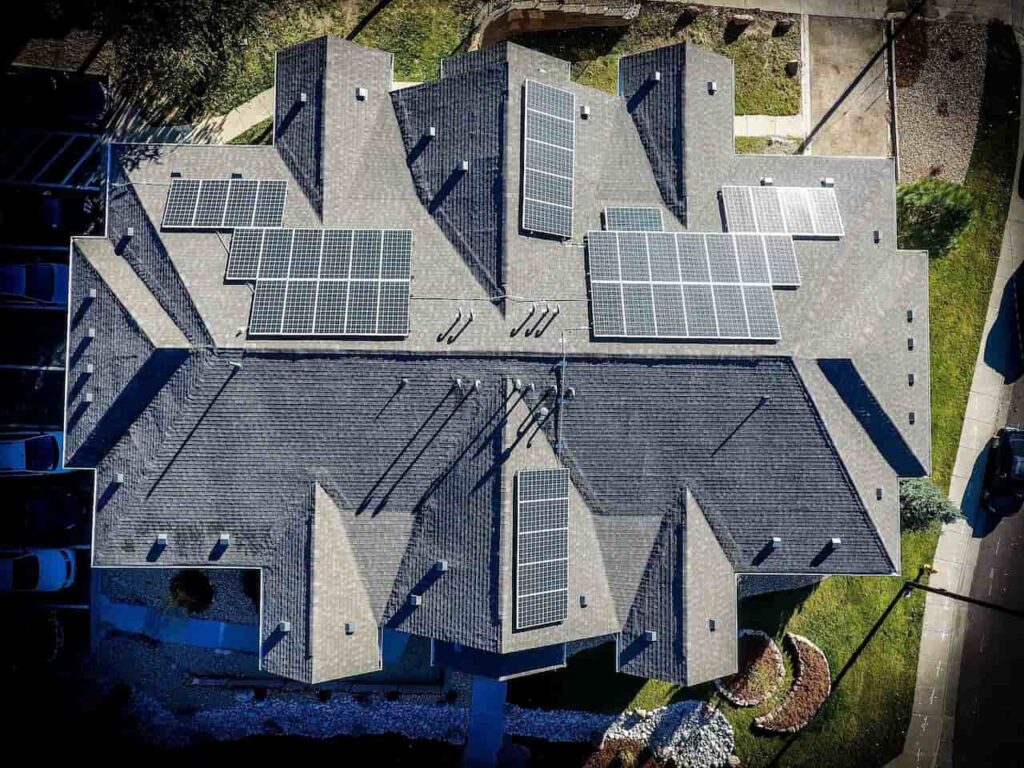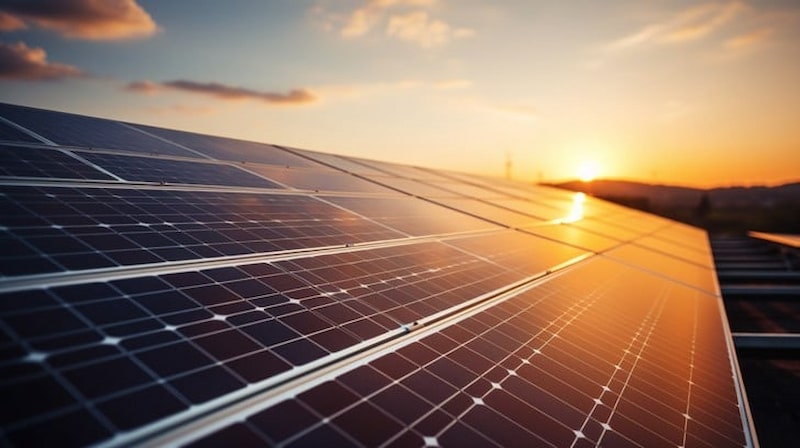Eco-Friendly Home Upgrades for Sustainable Living in the UK
Eco-Friendly Home Upgrades are becoming an increasingly vital solution for homeowners. In the UK, where rising energy prices and climate change concerns are top of mind, many homeowners are seeking ways to reduce their carbon footprint while saving money. These upgrades not only make your home more energy-efficient but also contribute to a greener planet. In this article, we’ll explore a range of eco-friendly home upgrades that can transform your living space, enhance comfort, and reduce long-term costs.

1. Solar Panels: Harness the Power of the Sun
One of the most effective eco-friendly upgrades you can make to your home is installing solar panels. Solar power is clean, renewable, and helps reduce your reliance on fossil fuels, which lowers your energy bills. Solar panels allow you to generate your own electricity, reducing your dependence on the national grid.
In the UK, the government offers incentives like the Smart Export Guarantee (SEG), which allows homeowners to sell any surplus energy their solar panels produce back to the grid, providing a potential income. The savings from solar panels can amount to £400–£700 per year on average, with larger systems or homes with higher energy usage seeing even greater savings.
Beyond the financial benefits, solar panels help reduce your carbon footprint by cutting down on greenhouse gas emissions. The average UK home can reduce its carbon emissions by approximately 1 tonne per year by switching to solar power.

2. Energy-Efficient Appliances: Save Money and Energy
Replacing old, inefficient appliances with energy-efficient appliances is another great way to reduce your energy consumption and cut costs. Appliances like washing machines, dishwashers, fridges, and boilers tend to consume a lot of energy, which leads to higher utility bills and unnecessary emissions.
When purchasing new appliances, look for those with the highest energy ratings — A+++, A++, or A+ — as these models use less energy without compromising performance. For example, an energy-efficient washing machine uses less water and electricity per cycle, which leads to lower energy bills and less environmental impact.
Additionally, upgrading to an energy-efficient boiler can reduce your heating costs and energy consumption by up to 30%. Replacing your old appliances with energy-efficient options is a smart investment in both your home’s future and the planet’s well-being.
3. Insulation and Draft Proofing: Keep Your Home Comfortable
Proper insulation is key to keeping your home warm in the winter and cool in the summer. By installing or upgrading insulation in areas like your attic, walls, and floors, you can drastically reduce heat loss and minimize the need for heating or cooling.
In fact, loft insulation alone can reduce heat loss by up to 25%. When combined with wall insulation and floor insulation, you can further reduce energy consumption, improve comfort, and save money on heating bills. Insulation also prevents drafts, which can make your home feel colder and increase your reliance on your heating system.
Draft proofing is another simple yet effective upgrade. Sealing gaps around windows, doors, and chimneys helps keep warm air inside and prevents cold air from entering. This creates a more comfortable environment and reduces the need for excessive heating, which ultimately lowers energy costs.
4. Rainwater Harvesting Systems: Conserve Water, Save Money
Rainwater harvesting systems are an excellent way to conserve water, especially as climate change leads to unpredictable weather patterns and water scarcity. By collecting rainwater from your roof, you can use it for various purposes around your home, such as watering the garden, washing the car, or even flushing toilets.
Installing a rainwater harvesting system reduces your reliance on mains water, which lowers water bills and conserves valuable resources. The system typically includes a filter, gutter, downpipe, and storage tank. Not only does this eco-friendly upgrade save water, but it also helps reduce your home’s environmental impact.
In areas with frequent droughts or water restrictions, rainwater harvesting is an especially valuable investment, helping you manage your water usage in a sustainable way.
5. Smart Thermostats and Smart Lighting: More Control, Less Energy Use
Smart thermostats and smart lighting systems are key components of an energy-efficient home. A smart thermostat learns your schedule and adjusts your home’s temperature accordingly, so you’re not wasting energy when you’re not home. It can be controlled remotely using a smartphone app, giving you the flexibility to adjust the temperature from anywhere.
Smart lighting allows you to control your home’s lighting through a smartphone or voice assistant. You can set timers, adjust brightness, and even control the color of the lights to suit your mood. This not only saves energy but also adds convenience and ambiance to your home.
By pairing smart thermostats with smart lighting systems, you can create a connected, energy-efficient home that minimizes waste and optimizes your energy usage.
6. Eco-Friendly Flooring: Sustainable Materials for Your Home
When it comes to flooring, opting for eco-friendly materials is a great way to make your home more sustainable. Traditional flooring options like carpet or vinyl can release harmful chemicals into the air and contribute to landfill waste when replaced.
Sustainable flooring materials, like bamboo, recycled wood, or cork, are renewable and have a much lower environmental impact. Bamboo flooring is durable, stylish, and made from a highly renewable resource. Recycled wood flooring gives new life to old materials and reduces the need for new timber.
If you prefer carpets, choose those made from natural fibers like wool or recycled materials, as they are biodegradable and have a smaller carbon footprint than traditional carpet options.
7. Sustainable Landscaping: Eco-Friendly Gardens and Yards
Sustainable landscaping can enhance the beauty of your garden while reducing your home’s environmental footprint. Opt for native plants that are suited to your local climate, as they require less water and maintenance than non-native species. Native plants are also more resistant to pests, reducing the need for harmful pesticides.
Consider incorporating mulch or composting into your garden to improve soil health and reduce waste. If you have the space, you could also install a green roof or living walls, which provide natural insulation, reduce air pollution, and increase biodiversity in urban environments.
These landscaping upgrades not only improve your home’s aesthetic appeal but also contribute to better energy efficiency and a more sustainable environment.
Conclusion: Eco-Friendly Upgrades for a Greener Future
Making eco-friendly upgrades to your home is one of the most effective ways to reduce your carbon footprint, save money, and increase property value. From installing solar panels to upgrading energy-efficient appliances and incorporating sustainable landscaping, there are countless options available for homeowners who want to live more sustainably.
As the UK works toward its goal of achieving net-zero carbon emissions by 2050, making these upgrades to your home will help you contribute to a cleaner, greener future. Start with a few simple changes, and over time, you’ll create a more energy-efficient, environmentally-conscious home that benefits both your wallet and the planet.
